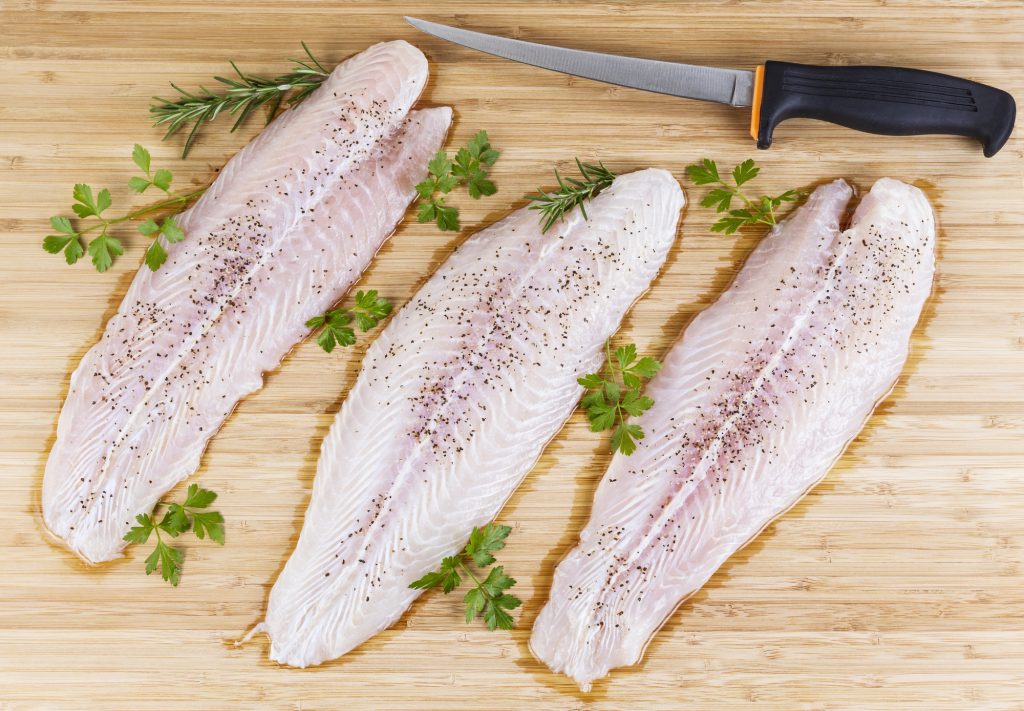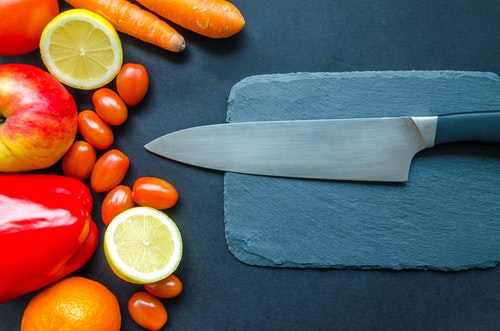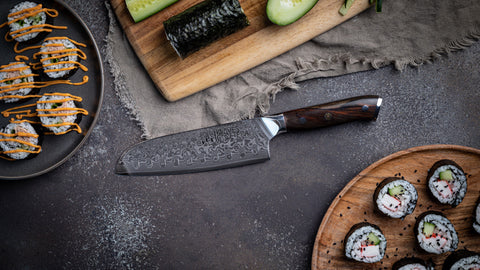Carrying a fixed blade knife can be a matter of pride and necessity for many, especially for kitchen enthusiasts. Whether you are a chef or a hobbyist, knowing how to carry a fixed blade knife safely and effectively is paramount. This guide will walk you through everything you need to know to carry your knife with confidence.

Understanding Fixed Blade Knives
Before diving into the details of how to carry a fixed blade knife, it’s essential to understand what a fixed blade knife is and why it might be beneficial for you. From kitchen tasks to outdoor adventures, these knives offer unmatched durability and precision.
What is a Fixed Blade Knife?
A fixed blade knife is a knife with a blade that does not fold or slide; it is always in an open, ready-to-use position. This makes it highly reliable and robust, as there are fewer moving parts that could break or malfunction.
Benefits of Using a Fixed Blade Knife
- Durability and strength
- Ease of maintenance
- Greater control and precision
- Versatility for various tasks

Safety Considerations When Carrying a Fixed Blade Knife
When learning how to carry a fixed blade knife, safety should be your top priority. Let’s explore some key safety tips:
- Ensure the knife is securely sheathed when not in use.
- Carry the knife in a way that it cannot accidentally be accessed by children.
- Be familiar with local regulations regarding knife carrying.
Proper Sheathing Techniques
A good sheath is crucial for carrying a fixed blade knife safely. Whether it’s leather, kydex, or another material, make sure the sheath fits your knife perfectly and securely. Always check the sheath for wear and tear regularly to avoid accidents.
Best Ways to Secure Your Knife
Consider using a belt loop, MOLLE system, or a specialized knife clip to secure your knife. This will prevent it from moving around too much and help you carry it comfortably throughout the day.

Different Methods to Carry a Fixed Blade Knife
There are several ways to carry a fixed blade knife. Your method of choice can depend on the size of the knife, your personal preference, and the activity you are engaged in. Here are some popular methods:
Vertical Belt Carry
This is one of the most common methods. It allows for quick access and is comfortable for all-day wear. Make sure the knife is positioned in a way that doesn’t hinder your natural movements.
Horizontal Belt Carry
This method is great for a more discreet carry. It lies flat against your side, making it less noticeable under a jacket or shirt. Ensure the placement allows for an easy draw.
Shoulder Harness Carry
This is a less common method but very practical for larger fixed blade knives. It’s often used by hunters and outdoorsmen. A shoulder harness can help distribute the weight of the knife more evenly.

Caring for Your Fixed Blade Knife
Proper maintenance is crucial for the longevity and performance of your knife. Regular cleaning, sharpening, and ensuring the knife is properly stored will make sure your knife stays in top condition.
How to Clean Your Knife
Cleaning your knife after each use will prevent rust and corrosion. Make sure to dry it completely before storing. For more detailed cleaning instructions, refer to [this comprehensive guide](https://www.cozymeal.com/magazine/how-to-clean-a-knife) (External link text must be blue and rel=’nofollow’)
Sharpening Your Knife
Keeping your knife sharp is essential for both performance and safety. Use a good quality sharpening stone or a professional sharpening service.
Ensuring Legal Compliance
It is vital to understand the laws regarding carrying knives in your area. Regulations can vary significantly depending on your location, so do your homework to stay compliant.
Local Regulations
Always check local laws and regulations related to carrying fixed blade knives. This will help you avoid legal trouble and ensure you are carrying your knife responsibly.
Age Restrictions
Some regions have age restrictions for carrying knives. Make sure you are aware of these restrictions and adhere to them.
FAQs
Can I carry a fixed blade knife in public?
Generally, it depends on local regulations. Always check the laws in your area before carrying a fixed blade knife in public places.
What is the best sheath material for a fixed blade knife?
Leather and kydex are popular choices. Leather offers a traditional feel while kydex provides durability and water resistance.
How often should I sharpen my fixed blade knife?
This depends on how frequently you use it. Regular use may require sharpening every few months, whereas occasional use might need less frequent maintenance.
For more detailed steps on knife care, check out How to Clean a Knife.
As an Amazon Associate, I earn from qualifying purchases.


